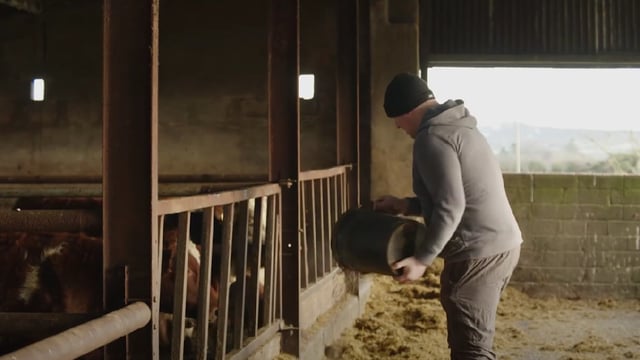Tillage ground is a natural home for slurry
Teagasc is confirming that slurry is a valuable fertiliser for tillage crops and offers many benefits when managed and applied correctly.
However, it cannot be used on a whim. Farmers must consider the total nitrogen (N) and phosphate (P) allowances for their farm to avoid breaching regulations.
In addition, any tillage farmer accepting slurry needs an up-to-date nutrient management plan (NMP).
It must take account of the following factors: soil indices for N, P, and K; the crops planted or due to be planted; previous yields and existing livestock numbers on the farm
According to Michael Hennessy, head of Teagasc’s Crops Knowledge Department, the NMP calculates the farm’s total nutrient allowance, balancing inputs from chemical fertilisers and organic manures.
“Growers should be aware that all fertilisers, both chemical and organic, must be documented," he said.
“Chemical fertiliser purchases are recorded in the fertiliser register, and slurry imports must be reported to the Department of Agriculture within four days of movement.”
While the compliance requirements may seem burdensome, organic manures offer advantages beyond N, P, and K supplementation.
They contribute valuable carbon and microbial life to the soil, enhancing its structure and resilience against extreme weather conditions like drought or extended wet periods.
Farmers who regularly use organic manures often report consistently high yields, demonstrating their long-term value.
Not all slurries are equal, and knowing the dry matter (DM) content is essential for effective use.
E.g., pig slurry with 4% DM contains the following per m3 (or per 1,000 gallons); N = 4.2kg (38 units), P = 0.8 kg (7 units /1,000 gal) and K = 1.9 kg (17 units/1000 gal).
However, pig slurry with 2% DM contains the following per m3 (or per 1,000 gallons); N = 2.5kg (22 units), P = 0.5 kg (4.5 units /1,000 gal) and K = 1.2 kg (11 units/1000 gal).
For farmers importing slurry, the book values are used for nutrient calculations, not the real or measured values, when totting up the totals for the nitrates regulations.
Importing low-DM or dilute slurry can leave you short on nitrogen and phosphate and potassium, potentially affecting crop yields.
As a consequence, proper planning and testing are essential to make the most of slurry while staying within your farm’s nutrient allowances.
Meanwhile, CAFRE senior crops adviser, Robin Bolton, has confirmed the growing use of slurry on winter wheat crops in Northern Ireland: “It can be applied before stem elongation takes place.”
The agronomist has also indicated that most winter cereals have established well over recent weeks.
“The relative dry December has encouraged root growth, which bodes well for the yield potential of these crops.”





